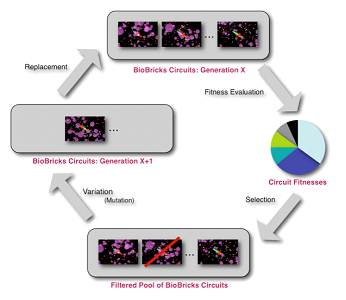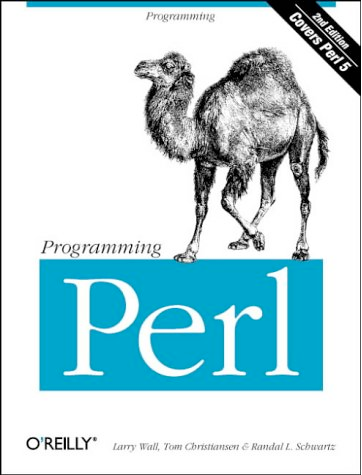Team:Calgary Software/Project
From 2008.igem.org

|
| Home | The Team | The Project | Modeling | Notebook |
|---|
| Evolutionary Algorithm | Data Retrieval | Modeling | Graphical User Interface |
|---|
Contents |
Introduction
We use evolutionary and genetic strategies, which are useful modeling methods, especially when coupled with agent-based designs. We created EvoGEM, a design that is based on the registry of genetic parts provided by the iGEM competition.
Paradigm of Evolution
This design uses the paradigm of evolution to select efficient designs and produce a product or output that is generated independently by the system. EvoGEM uses the strategies of genetics and evolution to simulate an environment inside of a prokaryotic cell. This entails various events and structures that are present inside of the organism, such as:
- RNA polymerase
- messenger RNA
- ribosomes
- transcription and translation.
===Goals and Achievements===
We presented EvoGEM during the 2007 iGEM Jamboree, where it sparked a lot of interest amongst the different teams. This summer, our team has expanded EvoGEM by:
- improving EvoGEM's fitness function.
- introducing more complex pattern recognition.
- testing the system under a much larger search space.
- building Perl scripts that support EvoGEM's requirements of a flat file registry
- creating an Objective-C based graphical user interface (GUI) in order to make the software-user interaction easy
- developing the EvoGEM code to include the behaviors specified before, and create a simulation of the processes in the cell such as transcription and translation.
Evolutionary Algorithm
Evolution involves the changes of inherited traits in a population for successive generations. Each generation carries genetic information, expressing certain characteristics. Mutation enables manipulation of these traits as well as genetic recombination. Evolution is a result of heritable traits becoming more prevalent or rare. Agent-based modeling is a computational method that replicates the behavior and interaction of individual components of a network such that their overall effect on the system can be observed. This involves many different aspects, including:
- game theory
- evolutionary programming
- complex systems
- emergence
Data Retrieval and Storage
- its type.
- its function.
- whether it codes for a protein.
- how well the parts work.
If the part coded for a protein, we retrieved its DNA sequence. We, then, found the amino acid sequence (using the BLAST algorithm) from UniProt, which is a large database of proteins. If the protein catalyzed an associated prosthetic or a biochemical reaction, we retrieved additional information from ChemSpider - a chemical database - to find the data characterizing any compounds that the particular enzymatic protein catalyzes. Finally, we stored the data in a database during run-time of EvoGEM.
Modeling
Graphical User Interface
| Evolutionary Algorithm | Data Retrieval | Modeling | Graphical User Interface |
|---|
| Home | The Team | The Project | Modeling | Notebook |
|---|
 "
"


